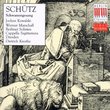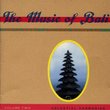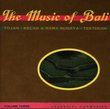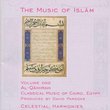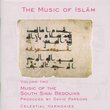Album DescriptionDesigned and recorded for the Music & Dance in Indian Art exhibition at The Art Gallery of New South Wales in Sydney, Australia (winter 1997), Dancing to the Flute is the most beautiful music of India, exquisitely capturing its musical heritage. Recorded on location in Varanasi (Benares), the most sacred city in the country and home to some of the greatest musicians in India, David Parsons embarked on his typically challenging adventure in accomplishing such a remarkable audio documentation. From locating a reliable electricity source, repairing machinery with seemingly non-existent resources to calibrating the fundamental pitch for all instruments since all tracks would be played simultaneously at the exhibition, he and the musicians overcame all obstacles.This Indian musical odyssey begins with Om featuring tamburas - a four-stringed drone instrument - considered the mother of all musical instruments. Track 2, a dedication to Lord Shiva features the pakhwaj - a percussion instrument predating the commonly known tabla. Track 3, represents Lord Krishna and features one of the most ancient Indian instruments, the bansuri or Indian bamboo flute. Track 4 features solo voice in dhrupad (classical) style with tamburas representing the Celestials, or all other forms of god in the Hindu pantheon. Tracks 5 and 6 are worship and devotional songs featuring both North and South Indian styles. Folk Medley is folk and tribal music featuring the shehnai - a double reed wind instrument with a brass bell attached to the end like that of a small trumpet, accompanied by dukka - a pair of drums similar to tabla, and drones. Completing this documentation of Indian music is the sound of the most well known Indian instrument in the West, the sitar, in the Ragamala form consisting, in this case of Misra Khamaj (Misra meaning mixed), with touches of other ragas introduced according to how the artist is inspired at the time.
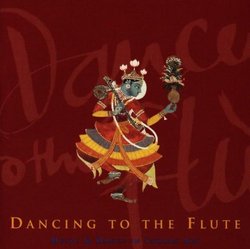

 Track Listings (8) - Disc #1
Track Listings (8) - Disc #1